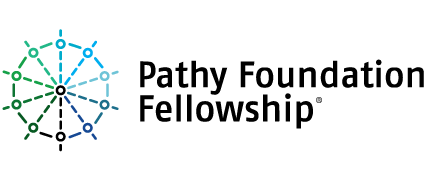Two-Eyed Seeing Indigenous Network
What was the initiative?
Joel’s Pathy project, the “Two-Eyed Seeing Indigenous Network (TESIN)” was an outreach initiative, aimed at increasing Indigenous representation in science-related fields. Videos, in-person community visits, and virtual developments were created and undertaken to connect Indigenous ways of knowing with Science, Technology, Engineering, Art, Math, and Medicine (STEAMM). The initiative consisted of four mediums of delivery including science activity videos, science-based community outreach visits, art made from Artificial Intelligence (AI), and blockchain explorations. The cornerstone of Joel’s initiative was the creation of publicly available videos for Indigenous youth that wove together Indigenous storytelling, scientific wisdom, and ways of knowing, with Western science. These videos, paired with community science workshops (e.g., moose dissection), expanded access to culturally relevant learning resources. Joel also harnessed AI and machine technology, Michif language data, and historical image databases to manually generate a body of over 300+ artworks for a collection titled, “Michif Stories.” This medium of virtual integration within TESIN served to document the intersection of machine intelligence and its interpretation of Michif culture with directed pointers. Initial artworks were given away as virtual non-fungible tokens or printed/framed physical art pieces. Lastly, TESIN began a project in the realm of blockchain – the first endeavour representing Indigenous Peoples in this emerging technology. During the Fellowship, a community-driven blockchain (virtual token) was coded based on ongoing feedback for the creation of a decentralized autonomous organization with a consensus protocol.
What was the community connection?
Joel is a member of the Métis Nation of Alberta (Region 3, Treaty 7). Through his seven years living in Kanien’kéha (Montreal, Quebec) and attending McGill University, he built lasting relationships with the broader Indigenous community. These connections were formed while living at the First Peoples’ House, volunteering with the American Indian Science and Engineering Society (AISES), and volunteering with the Eagle Spirit Science Futures Camp (ESSFC) through the Indigenous Health Professions Program (IHPP). Together, these organizations encompass the community that Joel continued to work with during his Pathy Fellowship.
How was it innovative?
The Two-Eyed Seeing approach (blending of the strengths of both Indigenous and Western ways of knowing and knowledges), coined by Mi’kmaw Elder Albert Marshall in 2004, guided all aspects of Joel’s Fellowship work. His Fellowship initiative, which was initially focused on the creation of science-based videos for youth, quickly grew to expand and encompass broader efforts to increase Indigenous representation in STEAMM. His project was highly collaborative and creative, bringing together individuals, networks, and innovative ideas. Joel’s creative approach enabled him to quickly learn and implement new skills into the project, including video editing, coding languages, drone videography, AI ethics and capabilities, and blockchain technologies. Through all of his project’s exploratory and creative work, Joel and his team strived to remain grounded in presenting science or stories through an Indigenous way of thinking. Significant achievements included the direction and editing of science-activity videos, multiple community outreach workshops, the launch of TESIN in the public domain, the initial creation of a 300+ Michif cultural AI art pieces, and the initial development of the very first Indigenous-made cryptocurrency token.
What is Joel doing now?
Upon the completion of his Pathy Fellowship, Joel embarked on his professional engineering designation journey, beginning with an Engineer in Training (EIT) position, where he worked on energy storage, optimization, and transport. He continues to work on his TESIN initiative with the ongoing support of partners and community members. He continues to be a Sequoia member of the American Indian Science and Engineering Society. In his own words, “there is much work to be done and I feel like I am only getting started. I must give back to Indigenous youth just as others guided me in my path.”


